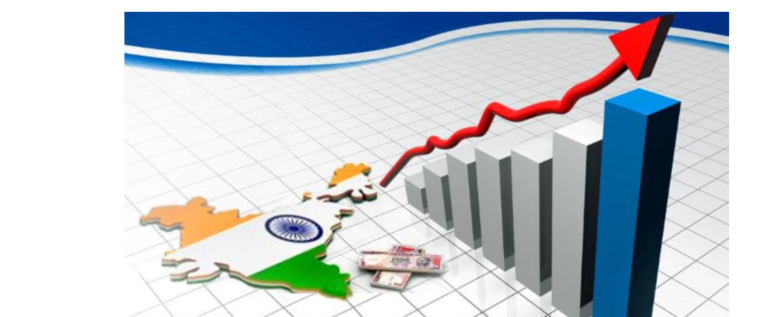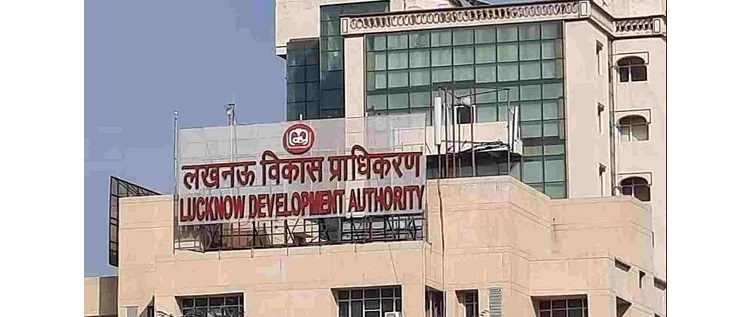E - PAPER
ICRA Revises FY22 GDP Growth Forecast Up to 9%
Ratings agency ICRA has revised up its 2021-22 real GDP growth estimate for India to 9 percent from the earlier 8.5 percent. A ramp-up in COVID-19 vaccination, healthy advance estimates of k
 BY
Realty Plus
BY
Realty Plus
Published - Wednesday, 29 Sep, 2021

Ratings agency ICRA has revised up its 2021-22 real GDP growth estimate for India to 9 percent from the earlier 8.5 percent. A ramp-up in COVID-19 vaccination, healthy advance estimates of kharif (summer) crop and faster government spending were the factors which led to the revision.
It can be noted that after the 7.3 percent contraction in 2020-21, there were expectations of a higher growth number in 2021-22. However, the second wave of COVID-19 infections early into the fiscal year, which spread even in the hinterland, made analysts more circumspect. The RBI expects the economy to grow at 9.5 percent.
"The widening coverage of COVID-19 vaccines is likely to boost confidence, which will in turn re-energise demand for contact-intensive services, helping to revive the portions of the economy affected most by the pandemic. The robust kharif harvest is likely to sustain the consumption demand from the farm sector while the expected acceleration in the central government spending after the withdrawal of the earlier cash management guidelines will recharge this key driver of aggregate demand. The key risk to its revised projection of 9 percent GDP growth is a potential third wave and the existing vaccines being ineffective against newer mutations of the virus,” its Chief economist Aditi Nayar said.
The agency has revised up its GVA (gross value added) growth estimate for agriculture, forestry and fishing to 3 percent each in second and third quarters of 2021-22 from the earlier projection of a tepid 2 percent rise. The Centre's spending contracted 4.7 percent in April-July 2021 year-on-year, and stood at 28.8 percent of the 2021-22 budget estimates, expecting a higher government spending to boost growth in second half of the year.
However, the trends from the industrial sector remain lacklustre in September 2021, with semi-conductor non-availability weighing upon auto production and a flattening out of GST e-way bills. Moreover, heavy rains have dampened electricity demand and are likely to distort trends in mining and construction.
RELATED STORY VIEW MORE
NEWS LETTER
Subscribe for our news letter
E - PAPER
-

CURRENT MONTH 
LAST MONTH















